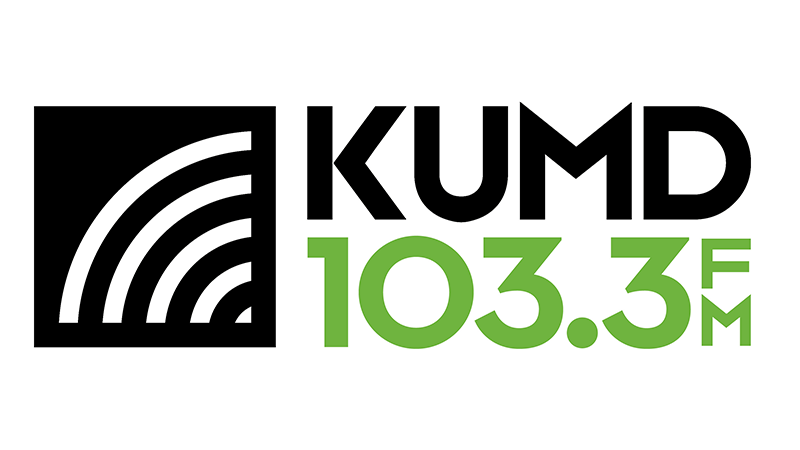Two organizations in Duluth-Superior’s crowded public media landscape could become one under a plan being considered by the University of Minnesota Board of Regents.
On Thursday, the Regents’ Finance & Operations Committee heard a plan to sell Adult Alternative-formatted KUMD/103.3 (Duluth) to the Duluth-Superior Area Educational Television Corporation for $175,000. DSAETC is the licensee of PBS station WDSE/8 (Duluth) and satellite WRPT/31 (Hibbing).
“It has become increasingly difficult for us to provide much-needed…financial support for the ongoing operation and maintenance of KUMD and its broadcasting equipment,” University of Minnesota Duluth Chancellor Lendley Black told the committee.
A financial statement posted on KUMD’s website says it had an operating loss of $255,808 during the 2017-2018 fiscal year, which was an improvement from the prior year. A report for the most recent fiscal year has not yet been posted.
A summary included in the agenda packet for the meeting says KUMD’s equipment is “well beyond the end of its useful life.” A letter of intent says WDSE intends to move KUMD into its building, investing between $1.6 and $3 million for a new transmitter, studio and editing suites, a strategic plan, and marketing, among other things.
WDSE’s building is located on the UMD campus, but the station is owned and operated independently from the university. KUMD is currently located in UMD’s Humanities building.
WDSE would continue operating KUMD as a public radio station and hire its five employees. While UMD students would be part of the mix, there are no guarantees that current evening and overnight student programming would continue. Black told the committee he’s hopeful students will still be involved.
“I’ve had extensive talks with [DSAETC General Manager] Patty Mester about this issue and what I continue to hear is a sincere interest in continuing student involvement and, in fact, perhaps in a new way because they’ll be dealing with mixed media, combined media. So we hope over time there will be increased opportunities for them that could be even more helpful than what they have now,” Black told the committee.
The agenda packet notes that unlike other Regent-owned stations, KUMD is not student-run, and it is also not part of a journalism program since UMD no longer has such a program.
The committee did not take action at Thursday’s meeting. The plan would need approval from the full Board of Regents before going to the FCC.
KUMD is part of a crowded public radio field in the Twin Ports that includes signals from three Minnesota Public Radio networks and two Wisconsin Public Radio networks, as well as a station operated by the Fond du Lac Band of Lake Superior Chippewa. KUMD is the only one to fill most of its schedule with local programming.
The station’s broad Adult Alternative format received a 2.5 share in Nielsen’s Fall 2019 12+ ratings, putting it in a three-way tie for ninth place among subscribing stations. However, ratings for MPR’s three networks were not publicly released; KUMD’s format primarily competes with MPR’s “The Current” and MPR News ranks highly in the Minneapolis market.
Since KUMD operates on a commercial frequency, its 100kW facility could be desirable for commercial broadcasters. Black said a media broker gave KUMD a high-level estimated fair market value of $350,000 but noted that a broker would take a 25 percent cut in a commercial transaction.
The most recent commercial radio transaction in Duluth was in 2017, when Twin Ports Radio paid Red Rock Radio $200,000 for WWAX/92.1 (Hermantown) and KJOQ/1490 (Duluth), which both have smaller coverage areas than KUMD. Townsquare Media announced plans to buy WWAX for an undisclosed price a few weeks ago, but the deal has not yet been filed with the FCC.
Both of Duluth’s major radio groups, Townsquare and Midwest Communications, will be at the market cap of four full-power FM stations once the WWAX deal is complete.
KUMD is the oldest public radio station in the Twin Ports, dating back to 1957 (though WPR’s WHSA/89.9 Brule is slightly older). KUMD’s original FM home on 89.1 was relatively low-power compared with the 100kW facility on 103.3 that a failed commercial broadcaster, WDTH, transferred to the university in the late 1970’s.
As for the KUMD callsign, Black responded to a Regent’s question by saying he didn’t know if WDSE planned to change it.


2 thoughts on “Proposal Would Combine Two Duluth Public Media Organizations”
Comments are closed.